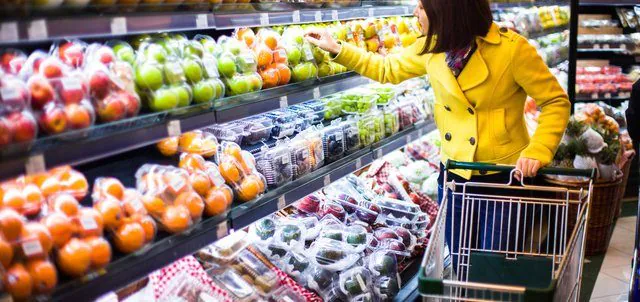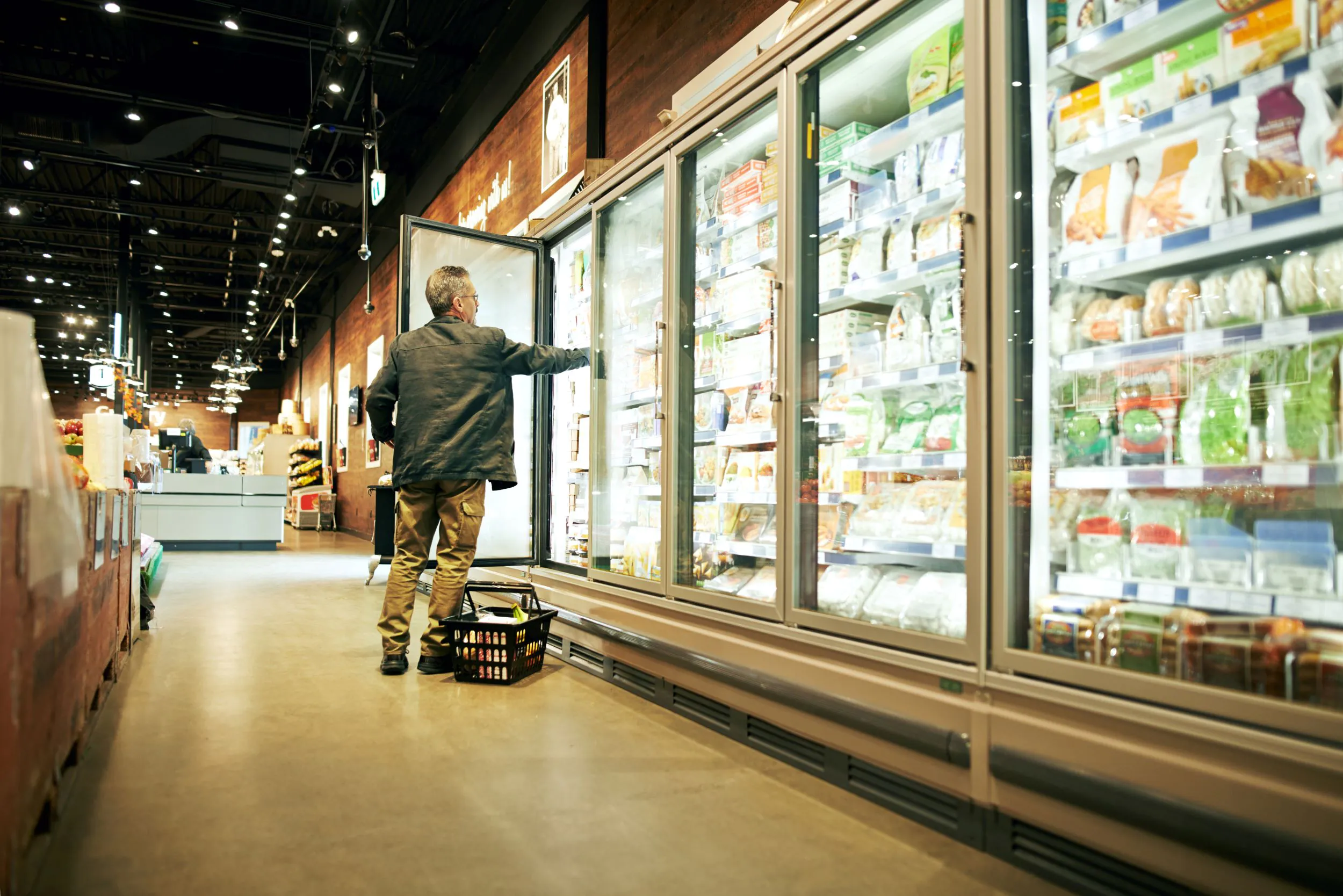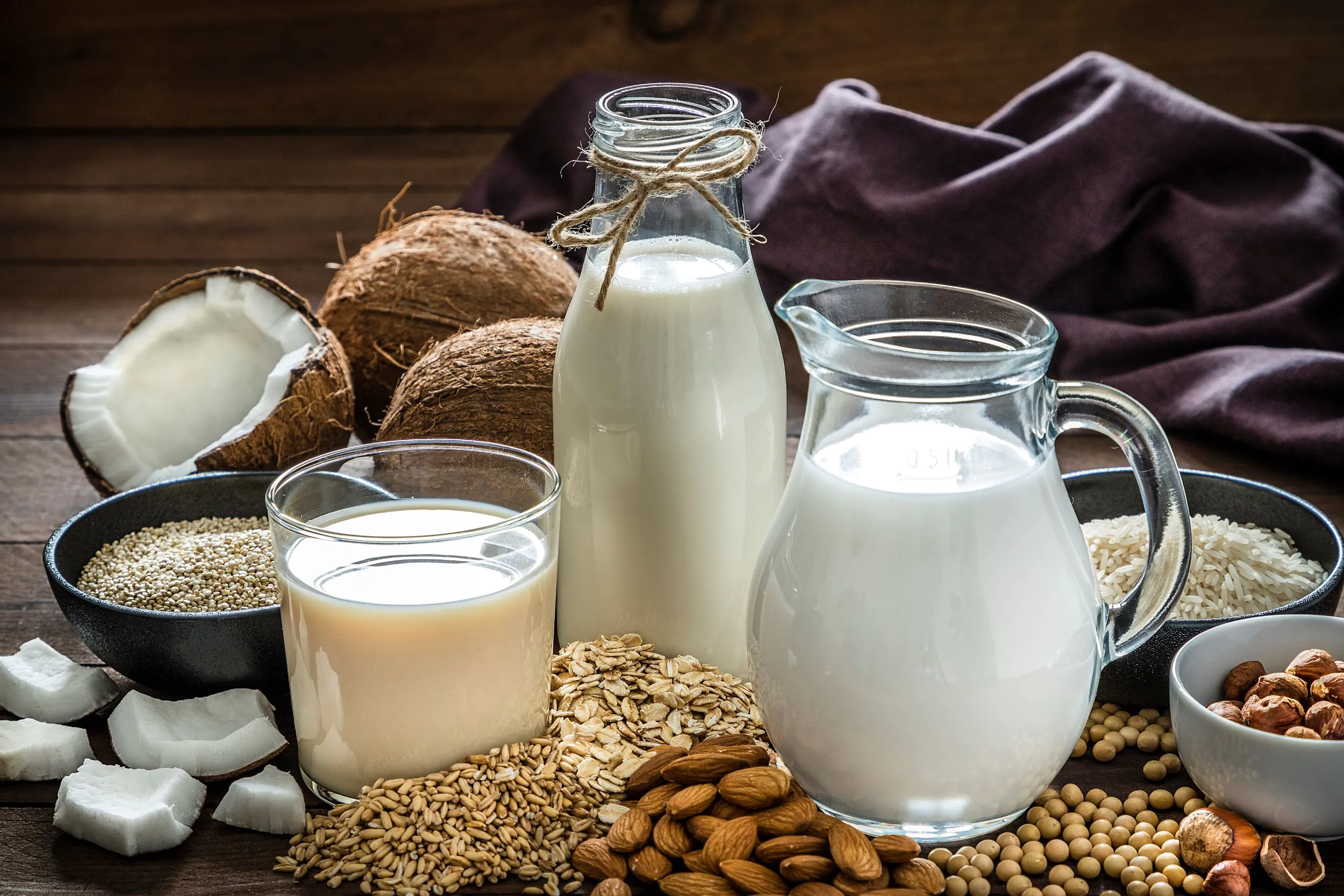
The UK food and beverage industry is one of the major and single largest manufacturing sectors in the country, with an annual turnover exceeding £95.4 billion. It is also a highly innovative and consumer-targeted industry that had investment more than £425 million in research and development in 2014, which contributed to develop over 16,000 new food and drink products.
Key Facts about UK’s Food and Beverage Industry
- the agricultural food sector contributed £109 billion in 2014, equivalent to 7.3% of national Gross Value Added.
- Currently 3.9 million people employed in the agri-food sector, representing 14% of country’s total employment.
- There were approximately 6100 small and medium sized enterprises (SMEs) in the UK’s food and drink sector with turnover of around £22 billion and 127,000 employees in 2014.
- Total factor productivity of the UK food chain reduced by 2.4% between 2013 and 2014. Productivity in the wider economy has increased in 2014 by 1.7%
- In terms of Gross Value Added (GVA) beverages (including soft drinks and mineral water) is the largest manufacturing group with a worth of £6.3 billion in 2013; contributing 30% to the total food and beverage manufacturing GVA. Alcohol contributed £4.8 billion of the total beverages GVA in 2013.
Food and Beverage Spending
Over the last 12 months, UK food prices fell by 1.7% in real terms, following a 5-year period when food prices were rising faster than general inflation.
Total consumer expenditure on food, drink and catering has continued to rise by 0.9% in 2014 to £198 billion. On average, around 11% of all household spending is on food.
Consumer Spending on food shopping accounted for 48% of total spend in the food and drink sector, in 2014, while spend on alcoholic drinks accounted of 25% of sector spend in the same year.
Price is increasingly important in driving product choice in UK food and beverage industry, with 36% of shoppers listing it as the most important factor and 90% listing it as their top five influential factors. Quality was ranked as the highest influence by 18% of respondents, followed by taste or smell (13%) and healthy (10%).
Exports & Imports
UK exported total £18 billion worth of food and drinks in 2015, beverages are the largest export category by far with an export value of £6.5 billion in 2014.
Over 30% of the UK’s food and drink manufacturing companies sell their products internationally. EU is the biggest market for UK’s food and beverage exports, receiving over 60% of UK’s total exports.
Whisky is the UK’s largest export segment in the food and beverage industry, with export value of £1.7 billion in 2016.
UK imports around £26 billion worth of food and beverages every year, and more than 50% of which goes for added value processing.
UK is also the world’s largest wine importer by value.
Other Facts
The chilled food market in UK is worth about £7 billion, and represents nearly 60% of the total European chilled food market.
Organic food market in UK is another fast growing segment. In 2012, sales of organic products in the UK were worth £1.84 billion – reduced by 12.9% from 2011.
Softer drinks market in UK is estimated worth of over £9 billion, soft drinks are representing more than half of the beverage market in UK.
In UK, 151 million tonnes of food and beverages were wasted in the food chain in 2013. Around 41 million tonnes of food are purchased in the UK every year (mainly for use in the home), meaning that the amount of food wasted in the supply chain is equivalent to nearly one third of the household food purchased.
One of the biggest challenges for UK food and drink companies is the changing nature of the grocery retailing market and the impact of a growing market share of the discounters, mainly Lidle and Aldi. The supermarket environment in the UK has changed significantly over the last few years. Consumers have moved their spending away from the established multiples (Sainsbury’s, Tesco, Asda, and Morrisons) to the discounters and shifted from weekly shops in large hypermarkets to a focus on value, convenience and multi-destination local shopping. As the discounters have been increasing their market share, the ‘big four’ is on pressure to offer every-day low prices to consumers. Meanwhile, the margin pressure on food and drink companies is set to continue.
Source: The Food and Drink Federation, Food from Britain, UK National Statistics



